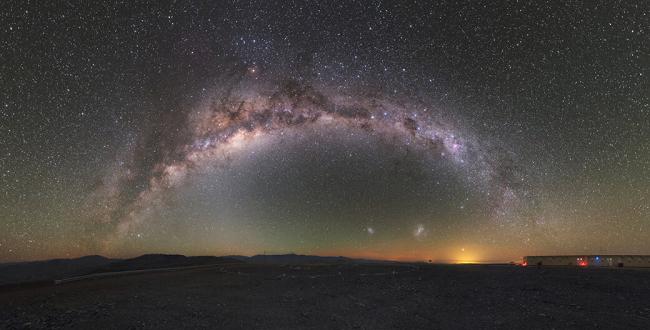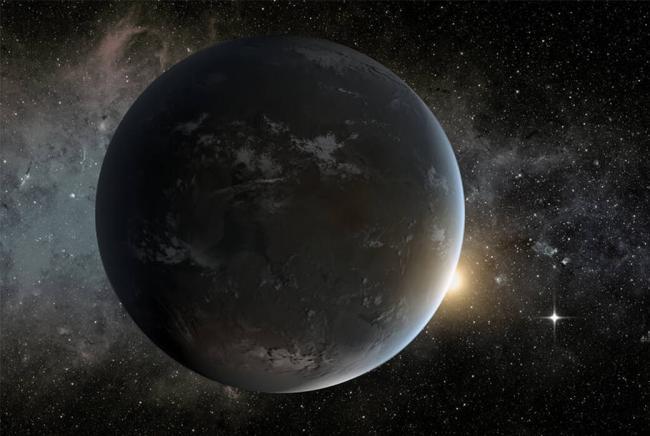Magellan Telescopes
The twin Magellan Telescopes in Chile are each 6.5 meter optical telescopes. These telescopes are both equipped with instruments to take images and spectra of light from a wide variety of astronomical sources, including exoplanet systems, star-forming regions, supernova remnants, and interacting galaxies. The Magellan Telescopes — named Baade and Clay — are hosted at the Las Campanas Observatory and are operated by a consortium of institutions, including the Center for Astrophysics | Harvard & Smithsonian, Carnegie Institution for Science, University of Arizona, the University of Michigan, and the Massachusetts Institute of Technology. In addition, CfA scientists and engineers provided a wide field f/5 focal system (including secondary mirror and corrective optics), and a powerful astronomical camera for use at the Clay telescope.
Visit the Magellan Telescopes Website


